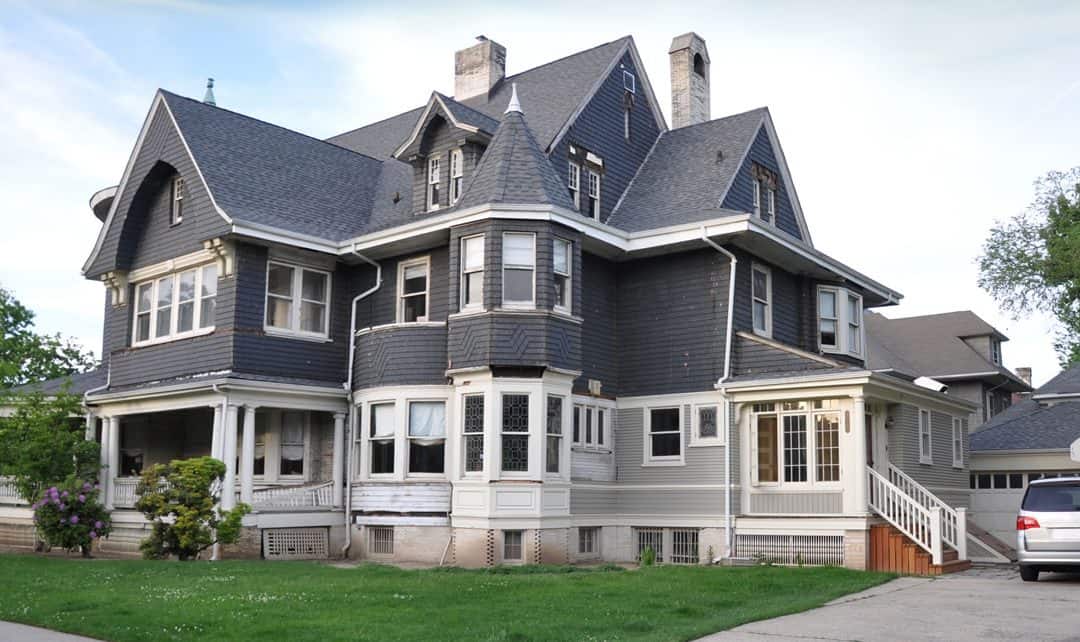I love houses. Of all shapes and sizes.
But I have a special place in my heart for Victorian-style homes. The quaint porches that invite visitors; the charming gabled roof tops; the fact that many of them that exist today still feature the carriage house that at one point was likely home to the family’s horse(s), which were a staple of that era.
I have always wondered about the layout of the interiors of those homes. They are surely built to be functional.
There was no luxury in those times such as designing a house just to accommodate a large table or a flat screen tv. Every room and every hallway was built for function. And it made sense.
Heat rises, so the kitchen stove and fireplace would also heat the rooms above.
In those times, the kitchen was actually the family room of the house, the place where the family gathered for eating, games and conversation.
The scullery was the room at the back of the house where the cooking took place and meals were prepared.
The parlour was a room at the front of the house typically reserved for special occasions and company. And that was just fine because it took extra effort (and cost) to heat that room.
Coal to heat the home was delivered and stored underneath the home in the “coal space”. Perhaps that evolved to become the term “crawl space” that we know today.
There were no flushing toilets, only an outdoor “biffy”. Nighttime bathroom duties included a chamber pot, which had to be emptied in the morning.
Hot water for washing was a big deal. No just turning on the tap. It required heating the water in a large kettle or pot over a fire.
Because of that, bath times and laundry times were major events that often only took place once a week. Enough water had to be heated so the whole family could take their turn cleaning off their weekly grime.
Doing the laundry was an extremely physical event. No such luxury as a washing machine.
The laundry was physically churned with a wooden “dolly”. The wet clothing was then squeezed through the rungs of a “masher” to remove as much water as possible. If they were rinsed, then they would take another turn through the masher. It was a long, drawn-out affair that often lasted a whole day – hence, “laundry day”.
Gardens provided vegetables, while meat was kept outside the home in a cool locker. So was the milk, butter and any other perishables.
No such luxury as a fridge inside the home. Milk and meat would often go bad before they were consumed. Milk on the verge was often saved by “scalding”.
Meat was often saved by rubbing vinegar over it prior to cooking. Whether that helped with the smell of it going bad, or served to halt the growth of bacteria, I don’t know – probably both!
It was a very physical and demanding life.
Daily living was made up of chores that were time-consuming and often very difficult. People living in that era truly knew the meaning of the term working for a living.
We have it so easy compared to how life was just over 100 years ago.
We have indoor, flushing toilets, hot water at the turn of a tap, electricity and light at the flick of a switch, washing machines, clothes dryers, high-tech ovens, dishwashers, heat at the touch of a thermostat and food readily available at the grocery store, which we can bring home and put in the fridge.
Not to mention the evolution of electronics and technology, which has evolved to include an app that tells us when we are brushing our teeth too hard.
And I think back to the Victorian era – and how romantic it seems and how literature has made it so – when in reality, it was anything but.
It’s something to appreciate when we reach for that cold glass of milk in the fridge.
Sharon Posius is a Realtor with Century 21 B.J Roth Realty in Barrie, Ont.. She is a former broadcast journalist who keeps up her writing chops as a contributing writer to the monthly Focus 50+ News Magazine. She also hosts and writes her own blogsite, SharonsBlurb.org.

















